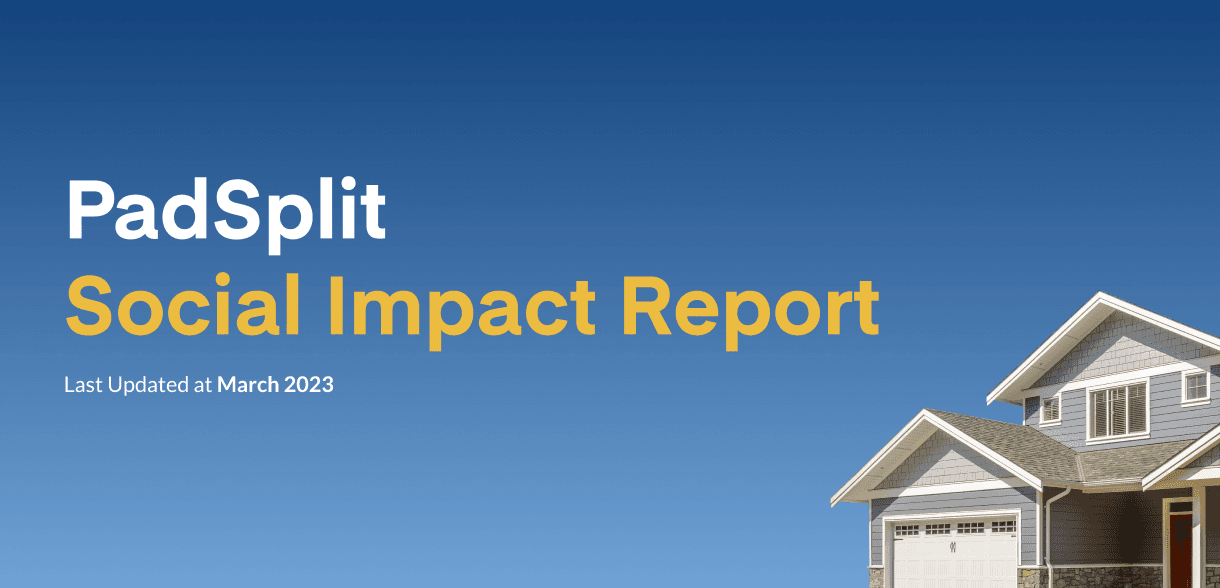The coliving basics
Coliving is nothing new – it’s been a housing alternative throughout time. But today’s modern form of communal living is growing in popularity as an antidote to the growing lack of affordable housing throughout the U.S. At its core, coliving is the sharing of living spaces in a furnished housing complex where residents have their own private bedrooms but share access to the building and common areas (such as the kitchen, bathroom, and living room).
Why is it so popular?
This trend is quickly being adopted by young adults across large cities nationwide. Its strong demand is propelled by millennials, in particular, who are looking to live in freshly furnished spaces with an array of amenities – and for a convenient price. But its appeal goes beyond that; it’s also a practical, inexpensive housing option for students, service workers, digital nomads, retirees looking to extend their savings – and individuals simply trying to relocate to a new city (after all, moving to a new place is overwhelming enough without the high barriers to entry involved).
And because coliving arrangements reduce living costs, they also provide access to more central locations that otherwise might be unattainable. This means less time commuting, easier access to public transportation, and let’s be honest, more choices for what to do with all that newly found free time.
It’s more than just dollars and cents
There’s also the strong appeal of connection. Just like many people prefer co-working spaces over working solo in a coffee shop or their own home, many people prefer living in a shared space because they crave a sense of community. The very nature of shared amenities encourages socializing and interaction among residents, establishing daily opportunities for connection outside of the work environment.
Accessible housing is “in”
In many ways, living with co-habitants in a house filled with strangers is not that much different than regular roommate living. And while this revamped version of living with roommates still brings the perks of renting (you don’t have to maintain a home and cover overhead costs, for example), it also means you don’t have to fork over a large cash deposit that can be hard to secure or sign a long-term lease that ties you down. This is especially appealing for those who are trying to figure things out as they plan for the future.
Affordable, practical living that’s adaptable
As a cheaper alternative to traditional renting, coliving combines affordability with convenience for its residents. So whether you’re saving up to buy a home, trying to improve your credit score, or looking to travel more, coliving offers a cost-effective housing option regardless of your unique circumstances.


